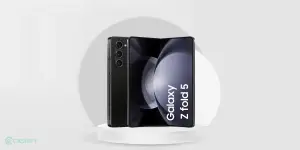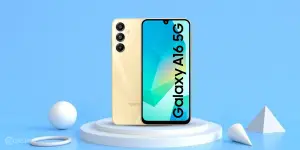Even though eSIM-equipped handsets have been on the market, the technology has yet to gain widespread acceptance. It’s a small, tamper-proof piece of hardware that’s usually placed in the device’s motherboard that can download carrier data. Thanks to this technology, Sim card slots might one day be eliminated, allowing manufacturers to free up more space on smartphones for a bigger battery or other components.
Even while eSIM devices exist, most of them contain a card slot, making them less desirable. This is because not all carriers have adopted eSIM. Android 13 enables twin eSIMs, much as the iPhone 13 currently does. Esper’s Mishaal Rahman claims that Google is working on an OS version that lets several carriers use the same eSIM.
There are currently few choices for Android users who wish to utilise more than one carrier at a time. Users may buy a phone that supports two SIM cards, buy one that has both a physical SIM card slot and eSIM support, or use eSIM alone, but they must continually switch between providers.
Also Read:
Monthly Round-up Of Smartphones Launched In March 2022
According to Rahman’s claim, the Android Open Source Project and the Android Developers website contain references to “multiple enabled profiles” (MEP). In other words, Android 13 might have the functionality.
When it comes to current devices, Rahman noted in the paper that they might potentially support MEP because they don’t need any rewiring. However, for the time being, nanoSIM is the standard. We’ll have to wait until Android 13 to see whether Google plans to use the technology.
Also Read:
How To Get iPhone Emoji On Android? Quick Guide
How will this idea of eSIM turn out?
SIM card slots take up space in our phones, which manufacturers may seek to utilise for other purposes. After all, the size and quantity of smartphone components have increased year after year. The future answer may be that one or dual eSIM phones are not yet widely available, nor do they solve the size limits.
So what? Google looks to have a solution. The single physical interface between the eSIM profile and modem, but numerous logical (software) interfaces. Each logical interface will have its communication route between them. The modem identifies only physical interfaces, and countless logical interfaces are considered multiple carrier connections.
Also Read:
The Best 65 Inch Smart TVs In India – 2022
In addition, current devices with a single eSIM chip linked to a modem should enable MEP. It will also be platform-independent. Thus the MEP and dual-carrier eSIM may operate on iOS, macOS, and Windows. We’ll see how Google chooses to licence its proprietary technology. Previously, the business was seen testing MEP support on Pixel hardware. Now we’ll see whether it implements this functionality and how it works.











